The ambition of the Algarve in holding a II Regional Congress spanned decades and political regimes. remember that in 1915 the XNUMXst Regional Congress took place in Praia da Rocha, which we have already mentioned here. At the time, it was soon suggested that 1918 would be the holding of a new magna meeting.
However, the entry of Portugal into World War I, in 1916, the resulting instability, the military coup of Sidónio Pais, the early death of Tomás Cabreira, the alma mater of the First Congress, there were some vicissitudes that delayed the initiative, to which were added the establishment of the Military Dictatorship and the consolidation of the dictatorial regime, with the Estado Novo, from 1933 onwards.
Despite the fact that the press frequently reported its achievement (1920, 1928), it was not until the end of the 1940s that it gained any solidity. Even so, the difficulties raised by the regime made it postpone its realization «definitely scheduled for the first days of February» of 1950, as reported by the newspaper «Correio do Sul», in its 29/12/1949 edition, to the following year .
Times when the meaning of words also changed according to government interests. After all, it was necessary to guarantee “that we did not fall into the inconvenience of watching the debate of ideas that did not interest us”, that is, the critics of the regime, all those who managed to think differently, could never participate. The organizing committee had, therefore, to purge uncomfortable voices, which will have postponed the realization of the event.
The abstracts of the theses, conferences and communications, organized by Mário Lyster Franco, were published in 1950, but the event took place only on January 26, 27 and 28, 1951 and, contrary to what was planned, did not take place in Faro, but in Lisbon.
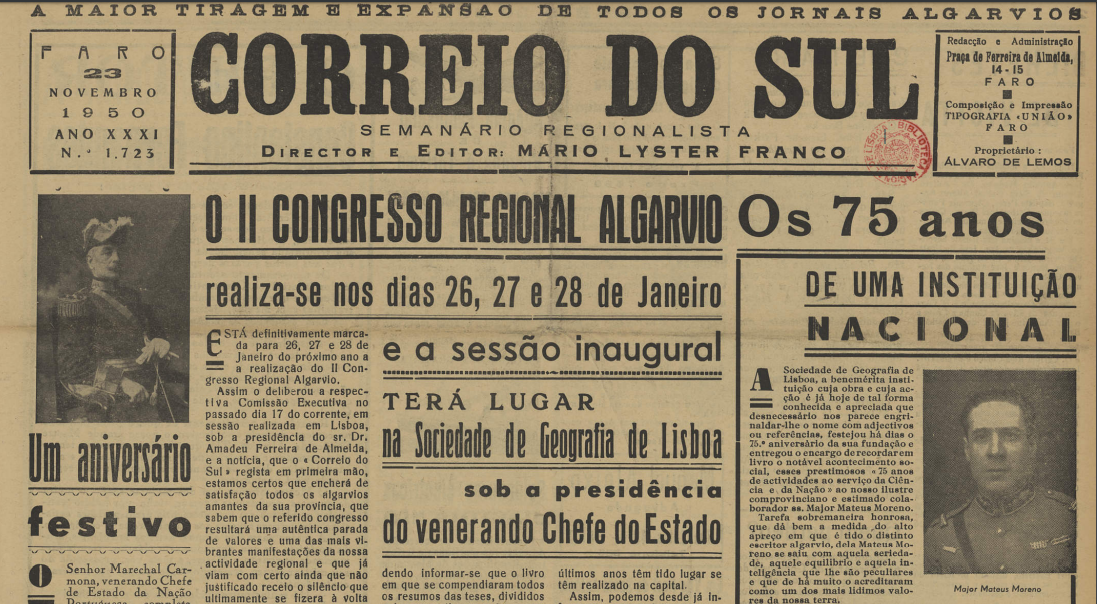
Participation involved a minimum cost of 100$00 (0,50 €), a small fortune for many Portuguese at the time. More than 35 years after the Praia da Rocha Congress, the problems of the Algarve were back in debate, albeit under the scrutiny of censorship.
The organization was the responsibility of the diligent Casa do Algarve, created in Lisbon in 1930, chaired by Amadeu Ferreira de Almeida. With the exception of the opening and closing sessions, which took place in the «Algarve» room of the Sociedade de Geografia, the others took place at the headquarters of that collective, at Rua Capelo nº 5, to which he had moved the previous month.

Altogether, 41 communications were made, subdivided into four themes, «History, Art and Archeology», «Economic, Assistance and Administrative Problems», «Education, Sport and Tourism» and finally «Various Subjects».
Ferreira de Almeida outlined, in the opening session, the main problems of the region, summarized by «Diário de Notícias» (DN), such as the repairs on the access roads to Praia da Rocha, mainly by Odemira, the construction of a post office in Faro and an airport with “international characteristics, to replace Lisbon's in case of emergency”.
The daily “O Século”, about his speech, added “there is not a single tarred road and the opposite dust bothers and keeps tourists away, mainly foreigners”. In Praia da Rocha, there was a lack of water, "to such an extent that hotels cannot provide baths to their customers".
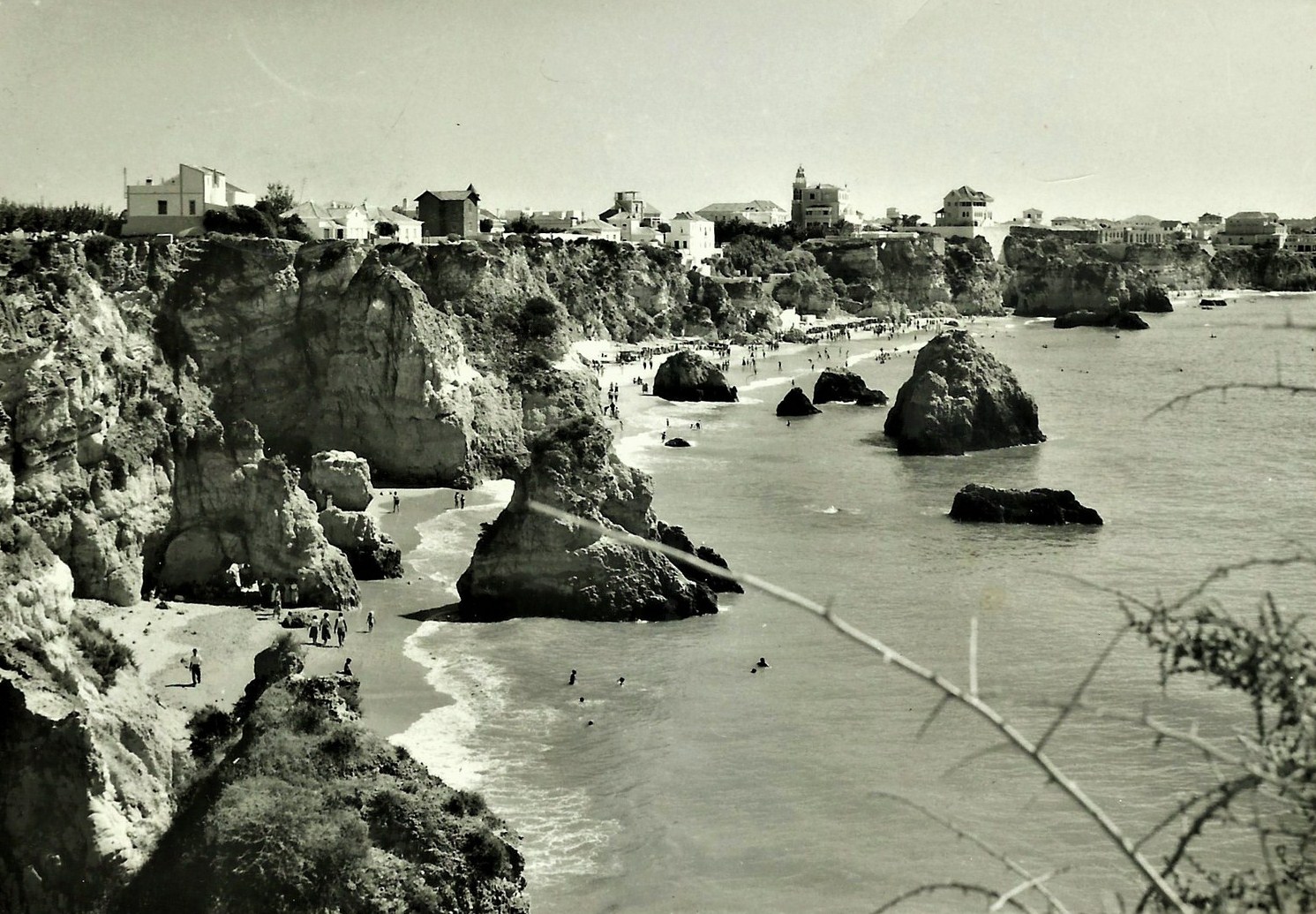
Praia da Rocha, Caldas de Monchique and Sagres were considered at the time the greatest exponent of the Algarve's tourist potential – the wonderful trinity, to which was added the spectacle provided by the flowering almond trees, «in a perpetually renewed miracle of beauty, harmony, of grace and best hopes,” in the words of Lyster Franco, secretary general of the congress and second speaker.
An Algarve still far from the beaches, but where the latter already deserved references, albeit tenuous, and as winter resorts. The next speaker, António Baião, discussed the transfer of the episcopal seat from Silves to Faro.
The inaugural session, broadcast simultaneously on the radio, ended with the intervention of the civil governor, who recalled that «Algarve, only through the union of the Algarve, can be more watched by the central power, more loved by the country and better served by its children» , a finding that has not lost its relevance.
In «The values of the Algarve should be consecrated with dignity», Lyster Franco proposed the creation of monuments to various Algarveans. Also highlighted were the Cantigas de Santa Maria, by Francisco Fernandes Lopes, as well as «subsidies for the study of economic life in the “cyneticum”», ancient peoples who occupied the region, the cinetes.
The speaker, Bairrão Oleiro, concluded that the main economic characteristics of the Algarve had not undergone "great changes over the centuries": dyeing, presses, esparto culture and, above all, fishing and related industries.
In the evening, Casa do Alentejo offered a port of honor to the members of the Algarve congress. The following morning, the prophylaxis and therapy of mental illnesses in the region, provincial museums and museums in the Algarve, tuna fishing and its defense, as well as churches and chapels in the Algarve, presented, respectively, by Manuel Silva, Justino Weinholtz, António Galvão and Pinheiro and Rosa.
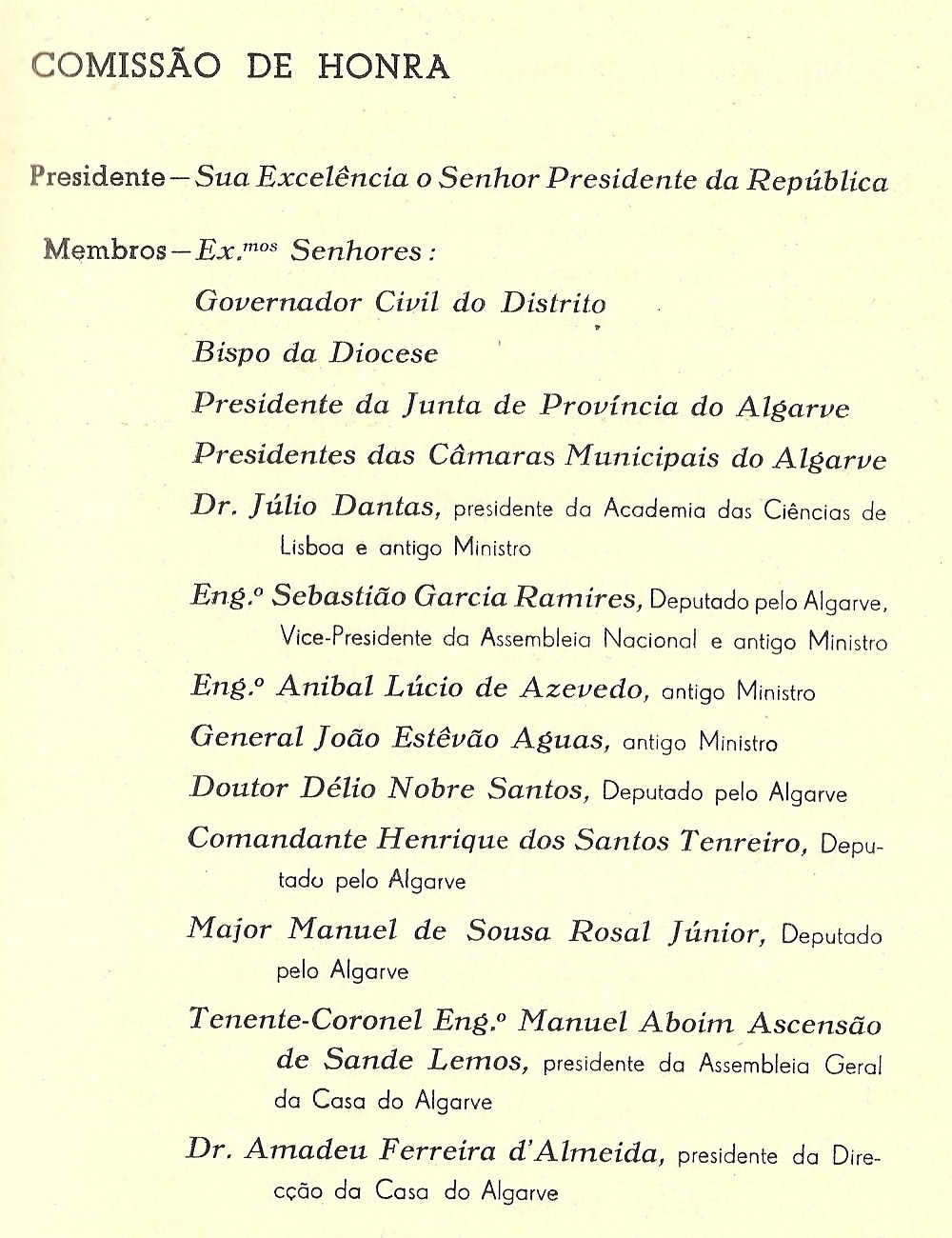
The first speaker, among other aspects, praised the psychiatric section of the Misericórdia de Faro and criticized the primitive methods used by the population in curing illnesses. Weinholtz stressed the importance of museums as factors in the development of popular culture and cultural elevation of the Portuguese, defending the installation of art collections in their own building in Faro, which should bring together the library, the museum, the archive and the precinct for demonstrations of a popular character.
In turn, Galvão highlighted the importance of fishing and tuna, in particular, in the regional economy, as well as asking the government for the need for greater inspection to defend the activity.
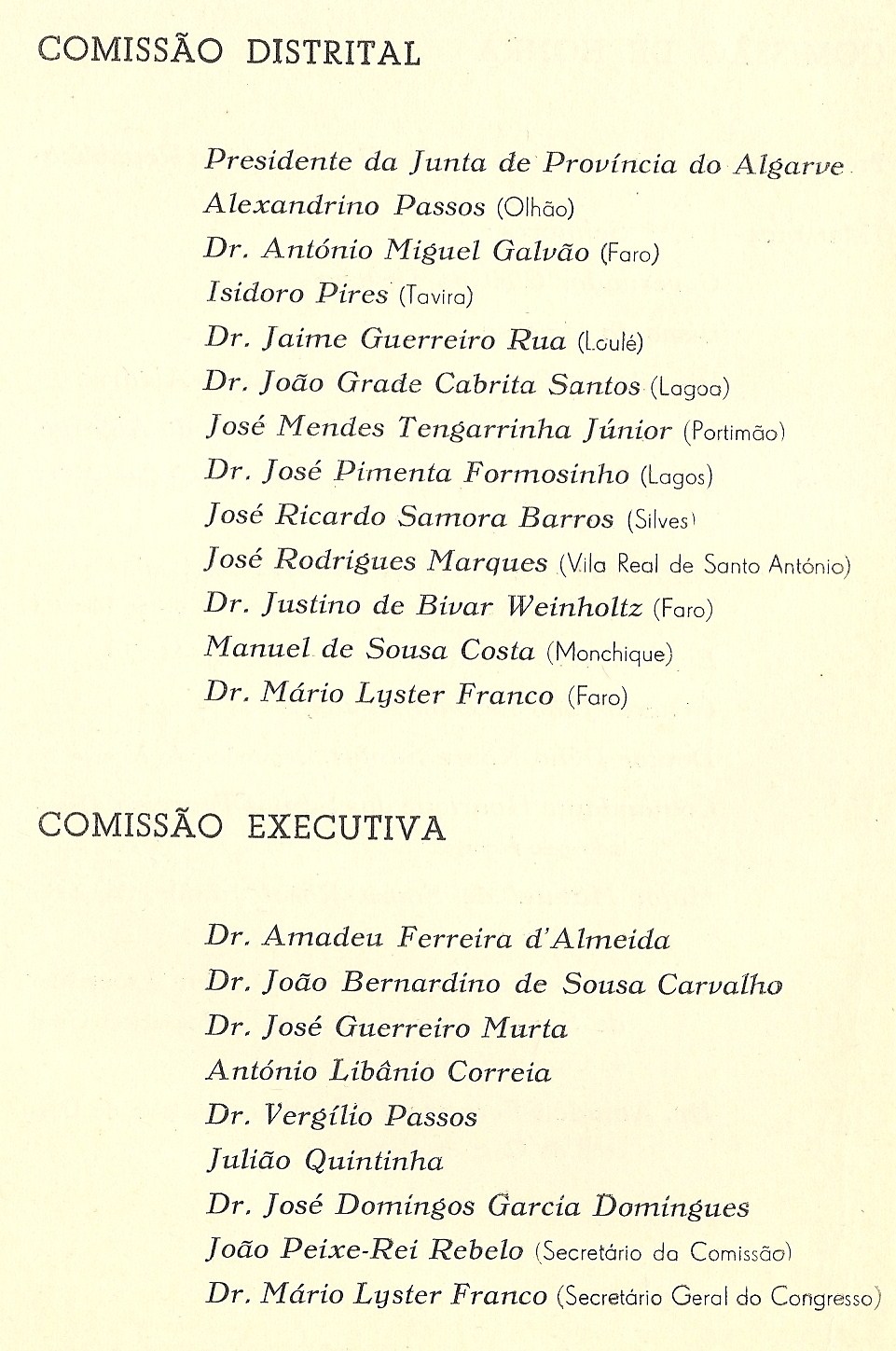
Pinheiro e Rosa recorded the history of around 200 temples and demonstrated the indispensability of carrying out restoration work in 27 of them. The congress continued with the theses “Mineral waters of the Algarve and Andalusia”, by Ascensão Contreiras, and the construction of a school garden in João de Deus' land, by Maurício Monteiro.
Francisco Barros proposed ten measures for the defense of fruit products in «the fruits of the Algarve, their production and trade».
It should be remembered that this sector of the regional economy, then one of the most important, was already experiencing some difficulties that would become more acute in the following decades.
The panel's final communications were the archeology in Serra da Monchique, by José Formosinho, Octávio Pereira and Abel Viana, and the early Bronze tomb architecture in the region, also by Octávio Pereira.
In the afternoon, the regional entomofauna, by Armando Castel-Branco, and the usefulness of creating a regional music conservatory in Faro, by Pavia de Magalhães, the theological philosophical thought of Muridine Sufism in the Algarve, by Garcia Domingues, and Afonso X, the sage, as king of the Algarve, again by Francisco Lopes.
The session continued with the location of Ossónoba, by Abel Viana, the author maintaining that this was located in Faro and not in Estoi, as defended for a long time, the problems of Caldas de Monchique, with the need to complete the works that were taking place there, by Alberto Sousa, and tourism in the Algarve, by Julião Quintinha.
The latter, according to the DN, expounded “the reasons that impose the Algarve as a tourist province par excellence”, presenting several suggestions “with a view to an indispensable valorization of local tourism”.
Among them, mention should be made of the completion of the urbanization plan for Praia da Rocha, as well as the works in Caldas, the construction of a tourist inn and a monument to the Infante in Sagres, not to mention an airport in Faro. He also defended the opening of an «international tourist information and propaganda post in Vila Real de Santo António».
During the debate, the poor lighting in many localities and the lack of water supply were recalled, in addition to “the Armação de Pêra casino being built”.
The last session was about Refúgio Aboim Ascensão, by José Lage.
The day ended with a get-together dinner at Casa do Algarve, with close to a hundred people from the Algarve. On the morning of the 29th, the congress continued without interruption from 10:00 am to 15:00 pm.
Among the panels, note the Algarve painters, by Virgílio Passos, defending the promotion of plastic arts exhibitions in Faro, Praia da Rocha and Monte Gordo.
During the debate, a useful suggestion by Julião Quintinha emerged: the periodic publication of a bulletin, by Casa do Algarve, with studies on the region (economic, historical, literary and artistic). A practice that soon became frequent, with the editing of precious essays. From the other theses, emphasis on “the Algarve lacks civil aviation”, or “tourism hotels and pensions”, both by Ferreira de Almeida.
These proposed the creation of seaplanes, in the summer, that could travel between Lisbon and Faro and between the ports and beaches of the Algarve, in addition to the remodeling of accommodation establishments, in order to make them attractive and comfortable.
In turn, Julião Quintinha focused on the cork industry, while Tavares Franco focused on the Algarve in the production of Portuguese cork.
This industry was going through a period of great crisis in the region, and several measures were requested from the government to alleviate it. The Algarve was also asked to replace old cork oaks with new ones, in order to continue the excellence of Algarve cork.
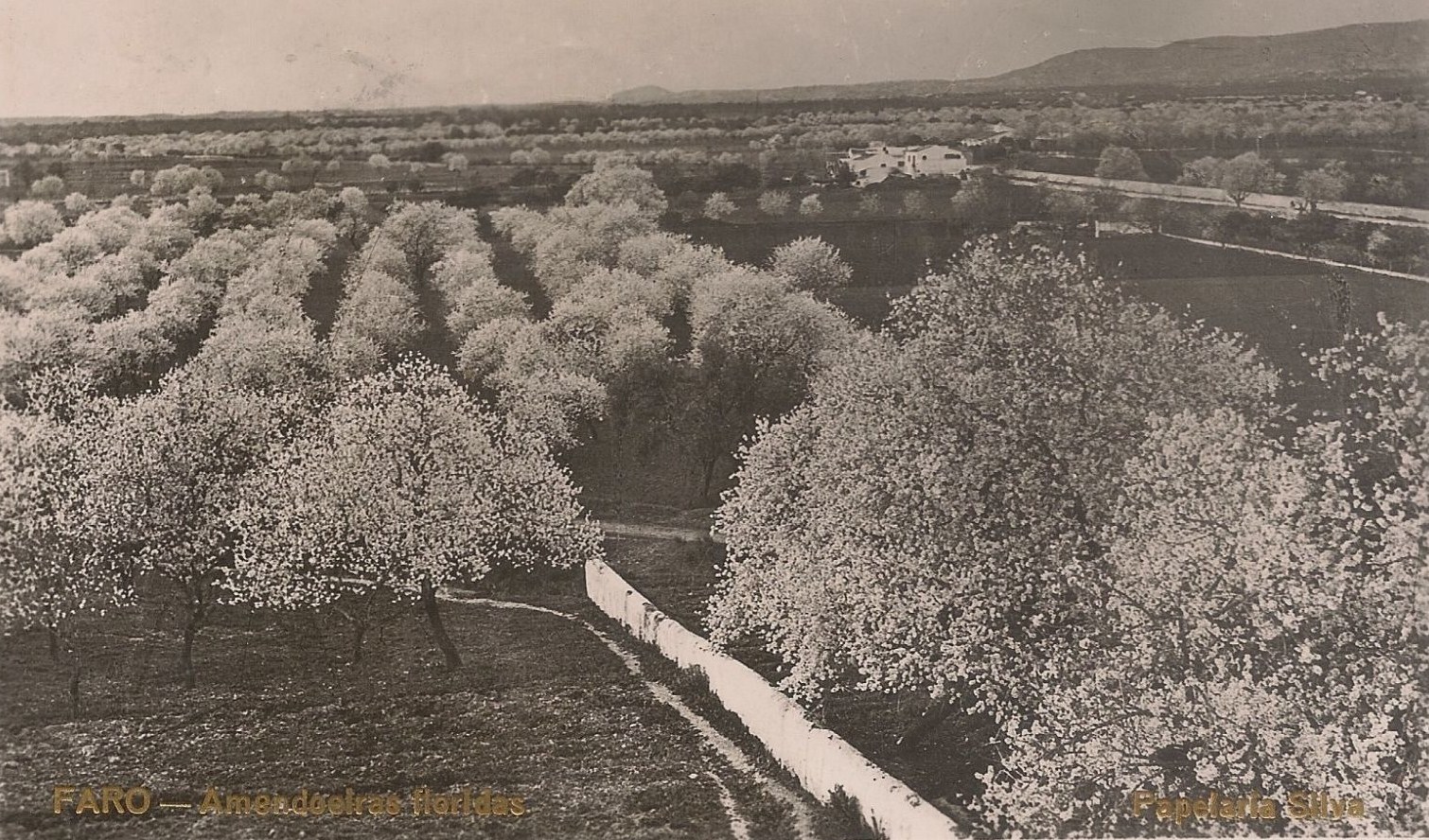
A study on fruits from the Algarve was also submitted to the participants for consideration, which demonstrated the uniqueness of the province, in the national context, in that the fruit trees (fig, almond) outweigh any other agricultural product.
José Murta, in «more bread for the mouth and more bread for the spirit», advocated the creation of an agricultural technical school in Loulé, specialized in arboriculture, with some classes in arts and crafts, as well as the creation of a conservatory in Faro.
The tourist resort of Praia da Rocha, in Velho Correia, has once again brought to the fore the potential of the region as a tourist destination, asking the government to "reorganize the essential foundations on which this industry should, in the future, rest", and "more autonomy and command” for local living forces.
A final request, although far from the independence of the Algarve, defended in the second decade of the XNUMXth century, certainly horrified the regime's authorities. He also reiterated the need for an airport, the improvement of means of communication, and public cleaning, measures considered to be “absolutely essential for tourism to develop in the Algarve”.
The problem of tuberculosis, «the white plague», was highlighted by Gabriel Galvão, while José Madeira highlighted the meteorological characteristics of the region, enunciating the specificities that could lead to the choice of the Algarve for scientific studies, «a real laboratory» , but also for water sports and the like. He listed the exceptional conditions for the construction of an airport, considering that it should not be postponed any longer.
The same speaker then made a communication about the coast, recalling “the danger that Quarteira runs of being destroyed by the sea”, since, after all, in 25 years the sea had advanced more than 100 meters over the village. He also recalled the lack of intervention at the mouth of the Guadiana River, without neglecting the “danger of exaggerated expenditure on work that nature inexorably condemned”.
He also proposed the national consecration of Infante D. Henrique with the creation of a scientific establishment (hydrography and meteorology) near Lagos.
The fight against soil erosion and the creation of higher education were subjects that also came up for debate. Manuel Guerreiro proposed the development of the Algarve from an agricultural and livestock point of view, evoking the damage caused by intense erosion in the mountains, suggesting its essential afforestation and the creation of reservoirs in the rivers for irrigation.
On this subject, another communication by Francisco Mendonça was presented. In turn, Mariana Santos spoke about the history of philosophy in the Algarve, while Garcia Domingues, about the cultural problem, proposing the installation of study centers as a basis for the creation of a university. Lyster Franco, on the other hand, read "Subsidies for a bibliography of the Algarve", a study that he had been carrying out and would become known as "Algarvian".
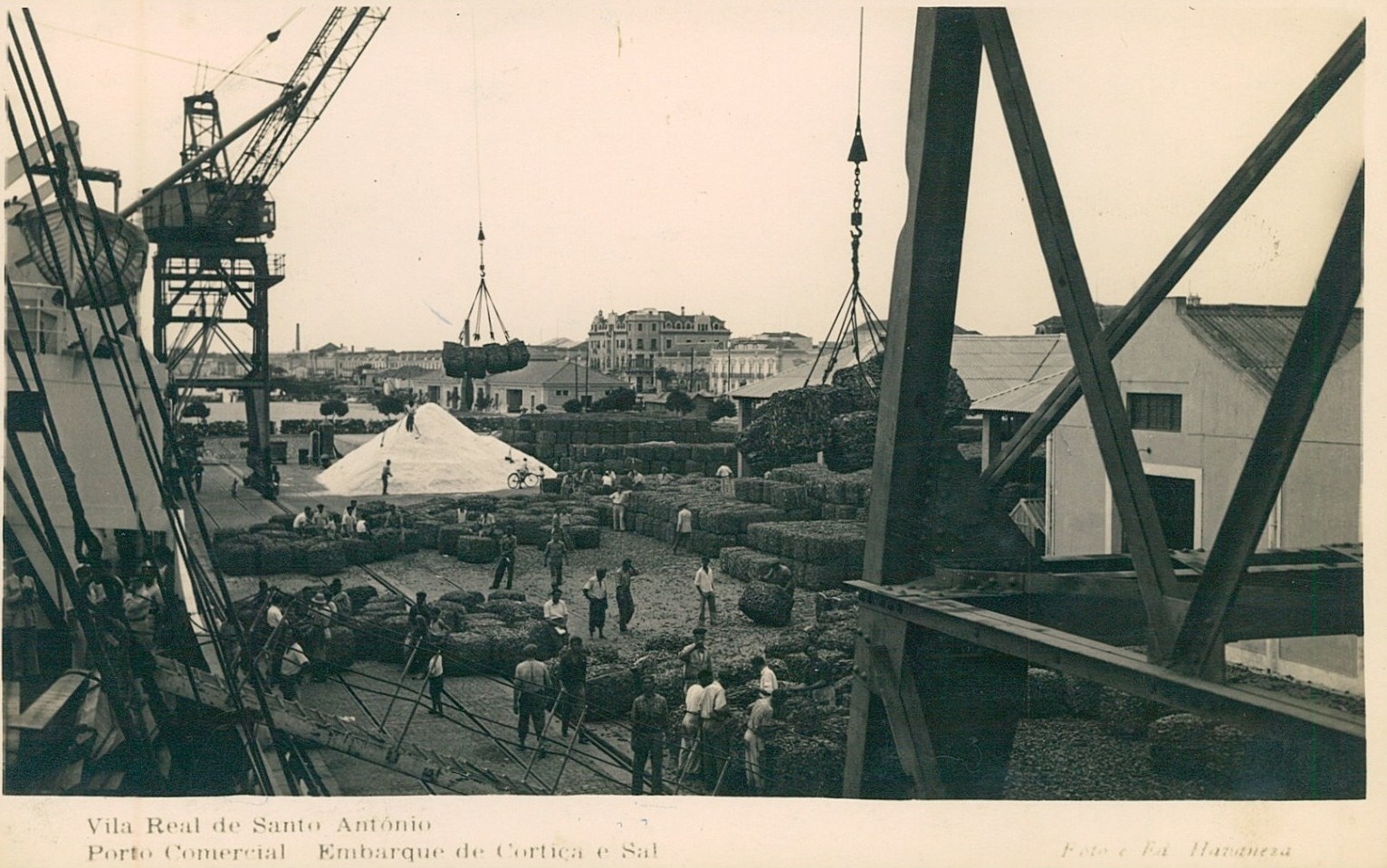
At the congress, thesis on nautical sports, or the Algarvian race and population, were also presented, by the Ginásio Clube Naval de Faro and Maurício Monteiro, respectively.
The closing session was chaired by Farense Adelino da Palma Carlos, then President of the Bar Association (later Prime Minister of the I Provisional Government, following the 1974 Revolution).
Palma Carlos considered the region's problems as national problems, recalling that the congress showed the «Algarve to Portugal – a dynamic Algarve, different from the self-absorbed province that many imagined».
That night, the farewell party took place at Casa do Algarve and, the following day, Lisbon City Council and Carris offered a tour of the city and with it the great meeting of the Algarve, widely publicized by the national press, ended.
The II Regional Congress of the Algarve was the possible meeting, which the regime consented to. Despite this reality, it materialized at a time of economic turning point in the Algarve. It shows the difficulties that were felt in the cork and canning industry, but also in agriculture, especially in dry fruits, the bases of the regional economy of long ago and which lasted until the mid-twentieth century, and the paradigm shift with the affirmation of tourism, whose potential, already evidenced in 1915, was now enshrined in cruising speed.
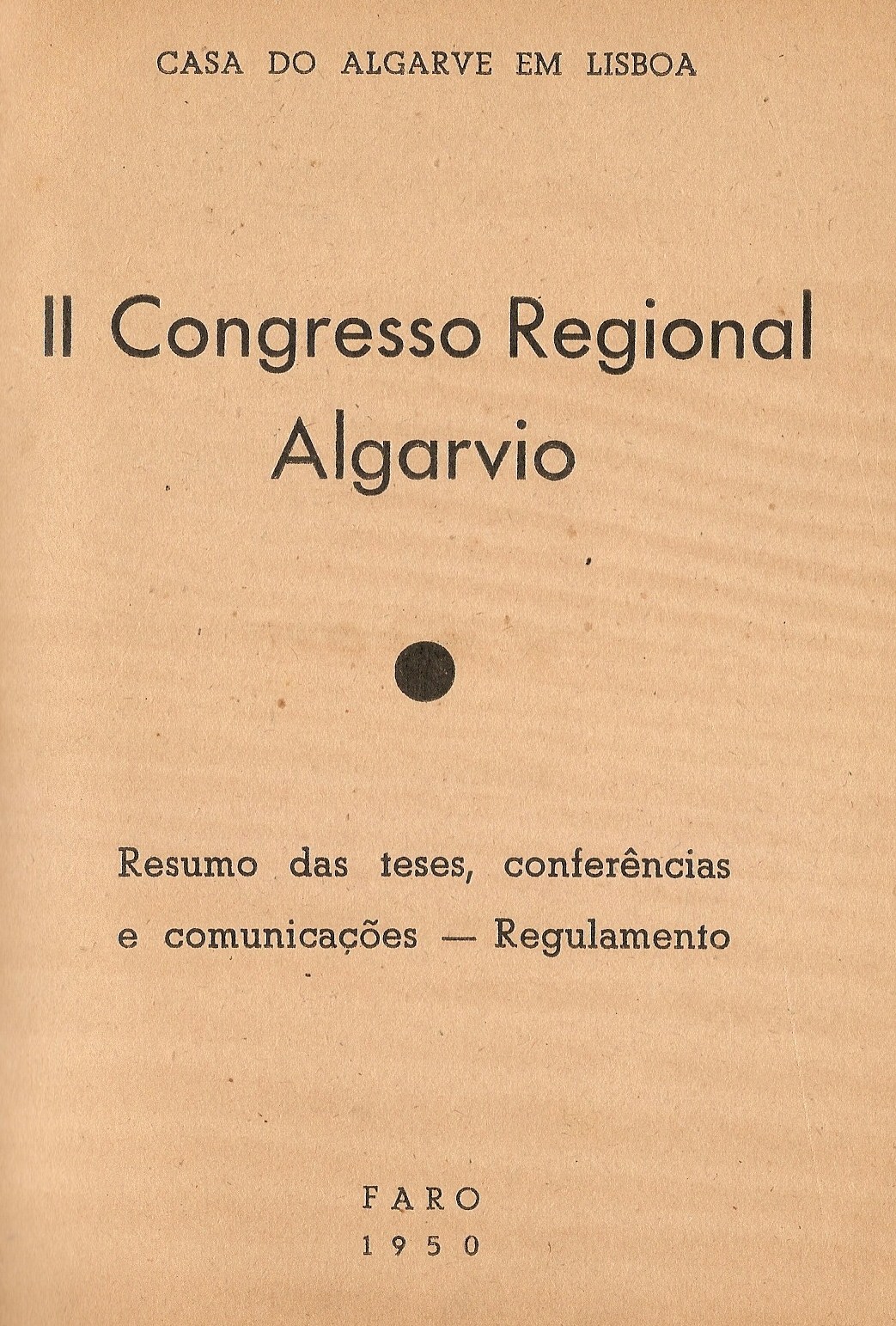
In 1951, almost twice as many theses were presented in relation to 1915, with another peculiarity: among the speakers, a woman appeared, also from the Algarve, like most, all academics, Mariana Machado Santos, from Omen.
Although a new congress was planned for 1953, and after, in 1957, the press announced its holding, the problems of the Algarve only returned to debate after the 25th of April, more specifically in 1980.
70 years later, the plurality of proposals then listed are materialized, as one of the most iterated, the airport (1965), the Conservatory and the Museum of Faro (1973), or the University (1979), but it is also no less true that the mountain still has no trees, or that the “Algarviana”, by Lyster Franco, has not yet seen the light of day.
On the other hand, the “classes” of arts and crafts in Loulé have already appeared in our days, while the almond trees have almost disappeared from the Algarve landscape. As for autonomy, so far it has been nothing but a utopia.
The investment in tourism, as an alternative to the crisis that was beginning to be felt in agriculture and fisheries, was certainly the beam of light for the future of the farol which constituted the II Algarve Regional Congress.
However, today it is tourism that falters, in a crisis that can and should also be an opportunity to make the region more sustainable and less dependent on a single economic activity, as was happening.
As the popular saying goes, "you shouldn't put all your eggs in one basket."
Today the pandemic, tomorrow the earthquake and the tsunami…
We end by paraphrasing the civil governor, Luís Vaz de Sousa: «The Algarve, only through the union of the Algarve, can be more looked upon by the central power, more loved by the country and better served by its children». A suggestion as current today as then.
Author Aurélio Nuno Cabrita is an environmental engineer and researcher of local and regional history, as well as a regular collaborator of the Sul Informação.
Note: In the transcripts, the spelling of the time was maintained.
Help us to do the Sul Informação!
Contribute your donation so that we can continue to make your journal!
Click here to support us (Paypal)
Or use our IBAN PT50 0018 0003 38929600020 44
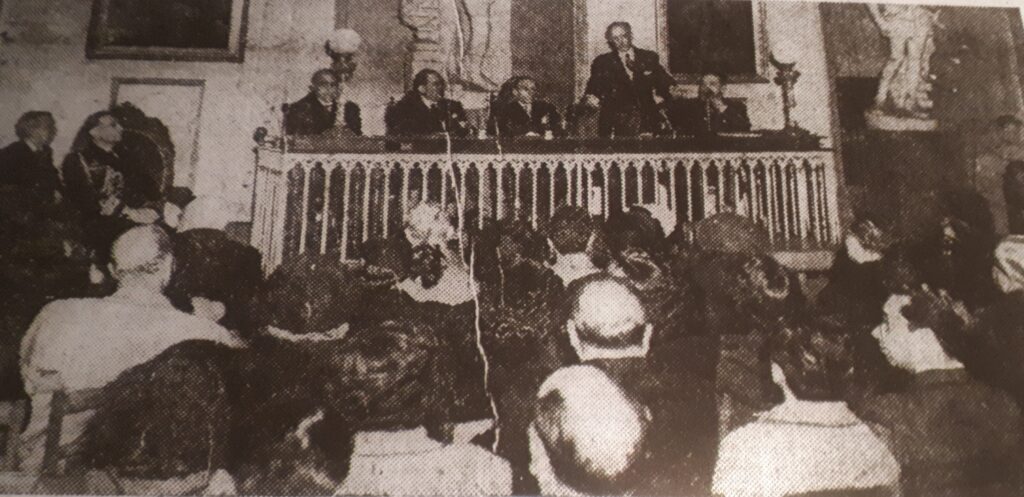


















Comments